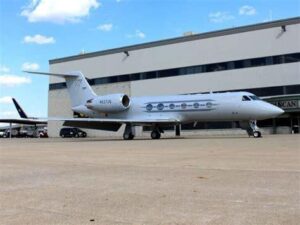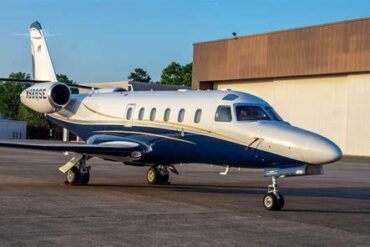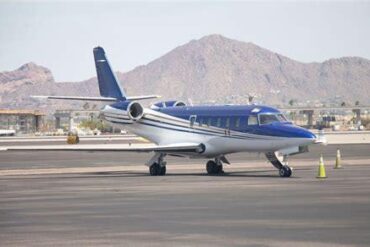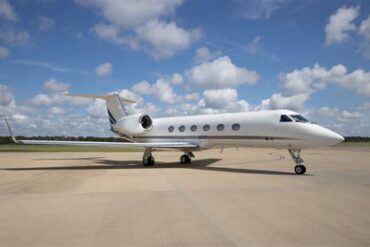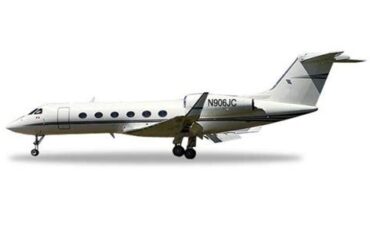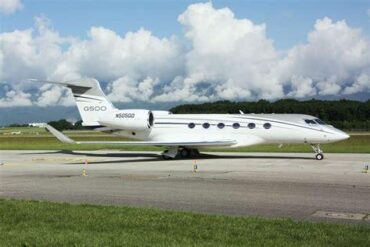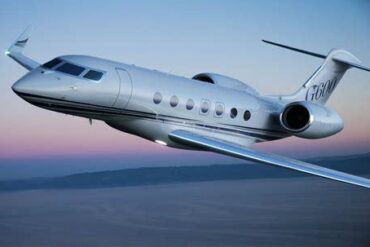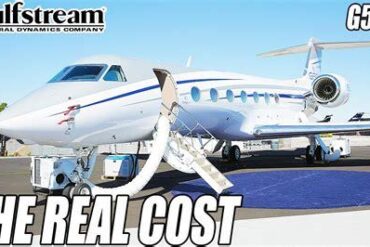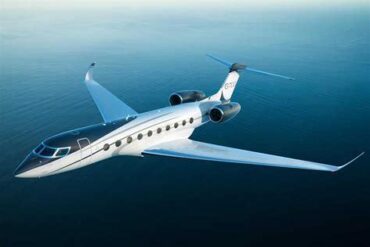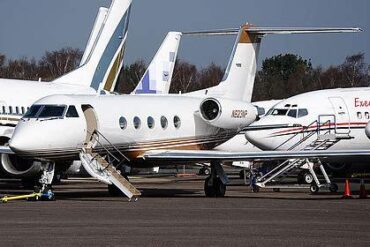The Gulfstream G400, part of the iconic Gulfstream family, represents a blend of luxury, performance, and efficiency. As businesses and individuals alike seek to optimize their travel experience, understanding the price and operating costs associated with this aircraft becomes essential. This article delves into the intricate details surrounding the Gulfstream G400’s acquisition costs, operational expenses, and various factors that influence them.
Overview of the Gulfstream G400
Introduced in the late 1990s, the Gulfstream G400 was designed to meet the demands of those requiring a high-performance business jet. With its impressive range and spacious cabin, the G400 is well-suited for transcontinental flights, allowing passengers to travel in comfort while conducting business or leisure activities. Its ability to accommodate up to 12 passengers and its lavish interior make it a popular choice among discerning travelers.
Specifications and Features
The Gulfstream G400 boasts several features that underline its status as a premier business jet:
-
Engines: The aircraft is powered by two Rolls-Royce Tay 611-8 engines, which provide exceptional thrust and fuel efficiency.
-
Range: The G400 has a maximum range of approximately 3,400 nautical miles, enabling non-stop flights between major business hubs.
-
Speed: With a cruise speed of around 480 knots, the G400 allows for swift travel, minimizing time spent in the air.
-
Cabin Comfort: The cabin is designed for maximum comfort, featuring advanced soundproofing, customizable seating arrangements, and state-of-the-art entertainment systems.
Acquisition Costs of the Gulfstream G400
When considering the purchase of a Gulfstream G400, prospective buyers should be aware of several factors that contribute to the total acquisition cost:
Purchase Price
As of recent market trends, the price of a pre-owned Gulfstream G400 typically ranges from $5 million to $10 million. Various factors influence this price range, including the aircraft’s age, condition, and any additional modifications made over time. Newer models or those equipped with cutting-edge technology may command higher prices.
Financing Options
Many buyers opt for financing options to ease the burden of the upfront cost. Traditional lenders, private banks, and specialized aviation finance companies offer various financing plans tailored to individual needs. It’s crucial for buyers to explore all financing options and select one that aligns with their financial strategy.
Insurance Costs
Insuring a Gulfstream G400 is another significant expense that should be factored into the acquisition cost. Insurance premiums can vary widely based on factors such as:
-
Pilot Experience: More experienced pilots may qualify for lower insurance rates.
-
Flight Hours: The number of hours flown annually can influence premium costs.
-
Safety Record: A clean safety record typically results in lower premiums.
On average, owners can expect to pay between $30,000 and $50,000 annually for insurance coverage on a Gulfstream G400.
Operating Costs of the Gulfstream G400
Beyond the initial purchase price, understanding the operating costs is crucial for potential buyers. These costs encompass various elements that contribute to the overall expenditure of owning and operating a Gulfstream G400.
Fuel Costs
Fuel represents one of the largest ongoing expenses for any aircraft owner. The Gulfstream G400 consumes approximately 200 gallons of fuel per hour, translating to significant costs depending on flight duration. With fuel prices fluctuating, it’s essential to calculate operational budgets based on current rates. For instance, at an average fuel price of $6 per gallon, a single hour of flight could cost around $1,200 in fuel alone.
Maintenance and Repairs
Regular maintenance is vital for ensuring the longevity and safety of the Gulfstream G400. Maintenance costs can vary widely based on usage and specific service requirements. An annual budget for maintenance can range from $100,000 to $300,000, depending on how frequently the aircraft is flown and the scope of required services. Key components influencing maintenance costs include:
-
Scheduled Maintenance: Adhering to manufacturer-recommended service intervals.
-
Unscheduled Repairs: Addressing unexpected mechanical issues as they arise.
-
Parts Replacement: Costs associated with replacing worn-out components, particularly engines and avionics.
Crew Salaries and Training
Hiring qualified crew members is essential for operating a Gulfstream G400. The typical flight crew consists of a pilot and co-pilot, with salaries varying based on experience and location. On average, a Gulfstream G400 flight crew might earn between $150,000 and $250,000 annually. Additionally, regular training and certification are necessary to maintain compliance with aviation regulations, adding further costs to the operation.
Hangar Fees and Storage
Finding adequate storage for a Gulfstream G400 is crucial, particularly in busy metropolitan areas. Hangar fees can vary significantly based on location and availability, ranging from $1,500 to $5,000 per month. Owners should budget for these costs, as they play a critical role in the overall expense of ownership.
Miscellaneous Costs
Additional operating costs include:
-
Landing Fees: Charged by airports based on aircraft weight and the type of services utilized.
-
Navigation and Communication Fees: Costs associated with using air traffic control services and satellite communications.
-
Depreciation: It’s important to consider the depreciation of the aircraft’s value over time, impacting overall investment returns.
Total Estimated Operating Costs
In summary, the estimated annual operating costs for a Gulfstream G400 can range from $800,000 to $1.5 million, depending on flight frequency, fuel prices, maintenance requirements, and other variables. This figure encompasses fuel, maintenance, crew salaries, hangar fees, and miscellaneous expenses, providing a comprehensive view of the financial commitment involved in owning this prestigious aircraft.
Factors Influencing Costs
Several external factors can impact both the acquisition and operating costs of a Gulfstream G400:
-
Market Demand: Fluctuations in demand for private jets can affect resale values and market pricing.
-
Economic Conditions: Economic downturns or booms can alter the willingness of buyers to invest in high-end aircraft.
-
Technological Advances: Innovations in aviation technology can lead to shifts in operational costs, particularly concerning fuel efficiency and maintenance practices.
Conclusion
Owning a Gulfstream G400 is not just about acquiring a remarkable aircraft; it involves a deep understanding of the associated costs. From the initial purchase price to ongoing operational expenses, potential buyers must navigate a complex landscape of financial commitments. By carefully assessing these factors, prospective owners can make informed decisions that align with their travel needs and financial objectives. The Gulfstream G400 remains a symbol of luxury and performance, making it a coveted asset in the world of private aviation.
